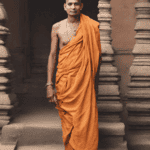Brahmins belong to the highest caste in the Hindu caste system. They have the responsibility to act as priests and teachers. They have to maintain and spread the sacred-spiritual knowledge generation after generation. They should have read all the Vedas. They also had the responsibility to protect all the sacred texts. They are expected to maintain a higher level of purity than other castes. They primarily performed rituals at marriages or any other functions in their own caste but now they do perform the rituals in other castes as well. They were paid in the form of cows instead of money sometimes. Some people believed that the Brahmins came from Brahma’s head or brain.
They are considered sacred or pure because they belong to the highest caste in the Hindu caste system and according to the Hindu caste system, people believe that higher the caste, more is the purity.
Also, they wear a sacred thread and do not eat non-vegetarian food or intake liquor.
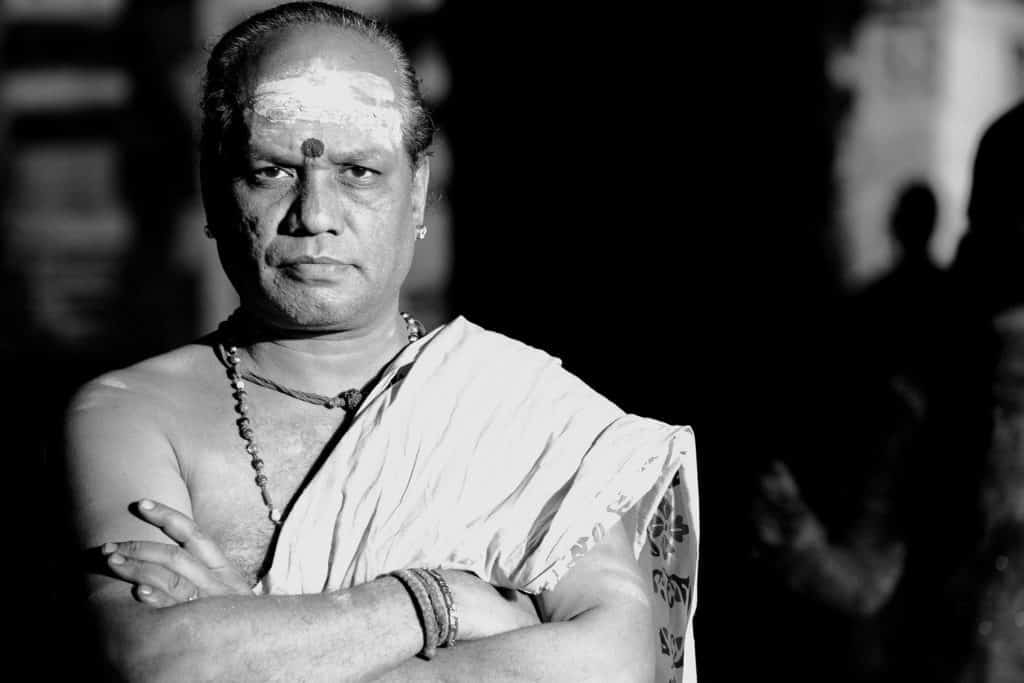
How are Brahmins created in Hinduism?
i) Mythological View
According to the Rigveda, there was a cosmic primal human (Purusha). His body was asked to go through primordial sacrifice so that, men and women, different castes and the world could be created. The Brahmins were believed to have emerged from his mouth, Kshatriyas from his arms, Vaishyas from his thighs and Shudras from his feet. Not only the Brahmins but Indra (the chief God of the Vedas) and Agni (the God of fire) was also believed to have emerged from his mouth. His skull made the heaven, his eyes made the sun and the moon was made from his spirit.
ii) Historical View
Around 1500 BC, the Aryans ( Indo – European invaders ) migrated to the Indian subcontinent. Aryans started taking control of the northern part of India. They maintained contacts only with the Austroloids and the Dravidians and not with the local people at all. To rule easily and in an organized way, the Aryans made three groups. The first group was called Kshatriya, they were the warriors. The second group comprised of the priests and teachers who were given the name of Brahmins. The third group was of merchants and craftsmen, they were known as Vaishyas. All the people outside these three groups were put in the category of Shudras. There was a political fight between the Kshatriyas and the Brahmins, to become superior. The Brahmins won and were known as the most superior caste among all four.
Brahmins Food habits
According to Hinduism, food is considered as a gift of God and thus, it should be respected. Brahmins should eat sattvik or pure food. It is believed that if one eats pure food he becomes pure. Killing animals for feeding ourselves is considered bad karma, so the Brahmins are not supposed to eat meat or any kind of non-vegetarian food. Some Hindus don’t even involve onions, garlic and too many spices in their food. To purify the mind and body, Brahmins do fasts (do not intake food for a particular period of time) as a mark of respect to their Gods.
Brahmins Education System
During the Brahmanic system of education, Guru’s forest home was the school. The students could start their studies only after the Upanayana ceremony (sacred thread wearing ceremony). Gurus treated all their students as their own sons and gave them many responsibilities. The Guru had to be a Brahmin only. The students had to stay with their teacher for about 12 years from the date of their admission. After completing their studies, they could go back to their homes. Earlier the teachers used to teach only the Brahmins but later they started teaching the Kshatriyas and Vaishyas also. The teaching mainly revolved around the Vedas but commercial training and military education was also a part of the Brahmanic education system.
Types of Brahmins
There are various ways of classification of the Brahmins. The two most common ways of classification are:-
Territorial Division
There is a territorial division that divides the Brahmins broadly into two parts: Panch Gour (The five northern Brahmins) and Panch Dravida (The five southern Brahmins). The Vindhya mountain range, which lies in central India, divides the country into two parts, thus, forming the upper mentioned two categories.
i) Panch Gour
Panch Gour consists of:
- Kanyakubja Brahmins – They are mainly found in central and eastern states such as Uttar Pradesh, Madhya Pradesh, Bihar, Orrisa and West Bengal. They are also found in Nepal.
- Maithil Brahmins – They are found in Bihar and Nepal.
- Gaur Brahmins – They are found in Madhya Pradesh, Uttar Pradesh and even in some parts of Delhi.
- Saraswat Brahmins – Earlier, they were mainly found in Punjab but then they migrated to other parts of the country as well.
- Utkal Brahmins – They are mostly found in Orrisa, Jharkhand, West Bengal, and Chattisgarh. They are also found in some southern states like Telangana and Andhra Pradesh.
ii) Panch Dravida
Panch Dravida consists of:-
- Telugu Brahmins – They are from Telangana and Andhra Pradesh.
- Dravida Brahmins – They were mainly from Tamil Nadu but migrated to some parts of Andhra Pradesh.
- Maharashtrian Brahmins – They are from Maharashtra. They are further divided into Desh-Brahmins (Marathi speaking) and Konkan-Brahmins (Konkani speaking).
- Kannada Brahmins – They belong to Karnataka.
- Malayali Brahmins – They belong to Kerala.
Gotra / Saptrishi Concept
It is believed that all the different gotras (gotra generally means clan or patriline) of Brahmins came from eight sages. Each gotra is descendent of a sage. The eight sages were Atri, Gautam, Kashyap, Vasistha, Bhrigu, Kutsa, Angirasa, and Bhardwaja. The first seven sages are collectively known as the saptrishi. There is one more sage, sage Vishwamitra. He was earlier a Kshatriya king but then he became a sage. The gotras are further divided into anas (sub-divisions) and sub-ganas. There are about 49 gotras in total.
Why Brahmin Caste is considered the Highest Caste?
They were considered the highest among all the castes because they were a group of priests, teachers, thinkers, strategists and the custodians of the Hindu religion. They used to guide people and show them the right path. They were also called the middle-men (men between God and humans). They always used to keep not only their bodies but also their minds clean. They used to eat only vegetarian food. They also wear the sacred thread, known as ‘Janeu’ or ‘Janai’. All these things made everyone call them purer and superior to all the other castes.
Why do Brahmins Wear the Sacred Thread?
The Brahmins wear a sacred thread which is related to the twin born concept known as the dvija concept. They wear a sacred thread or janeu made up of cotton. They wear this sacred thread during the upanayana ceremony. It is made up of three threads in a loop form and they wear it over their one shoulder going across their chest and under the other arm. It is believed that the janeu wearer is born two times. First, by his mother and second, when he wears the janeu. Thus, after wearing the janeu, they are considered reborn. Only after wearing the janeu they get the right to start their studies. It is also a symbol of the transformation or development of a male, from a young boy to a mature man.
Current Lifestyle of Brahmins
In the early days, Brahmins only acted as priests or teachers but now, they can be seen in various fields doing different jobs. In states like Bihar, Orrisa, Uttar Pradesh and West Bengal, they can be seen doing agricultural activities as well as government jobs while in Rajashthan, a large number of Brahmins can be seen doing farming and some can be seen doing banking, trading or other kinds of jobs. Since Independence, a large number of Brahmins are involved in the field of politics also. For instance, the first prime minister of India, Pandit Jawaharlal Nehru was also a Brahmin. For married Brahmin women, the mangalsutra (black-beaded necklace) is mandatory to wear along with putting sindoor (a red-colored powder) at the parting line (also known as maang) of hair. Divorce happens very rarely in Brahmins.
Some Renowned Brahmins
Nobel Prize Winners
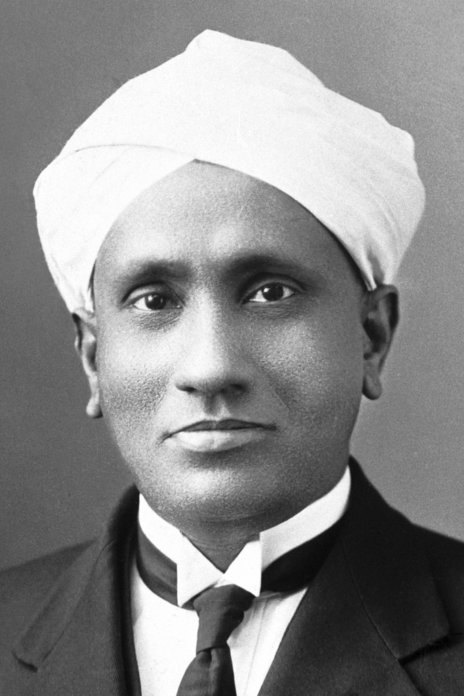
- C.V. Raman – Physicist
- Rabindranath Tagore – Literature
- S. Chandrashekhar – Physicist
- Kailash Satyarthi – Nobel Peace Prize for Social Work
Image Source: NoblePrize.Org
Scientists/Mathematicians
- Sushruta – Medicine
- Aryabhatta – Mathematician, Astronomer
- Ramanujan – Mathematical Genius
- Charaka – Medicine
- C.V. Raman – Physicist
- Brahmagupta – Mathematician, Astronomer
- Jogesh Pati – Theoretical Physicist
- Varahamihira– Mathematician, Astrologer, Astronomer
Actors/Media
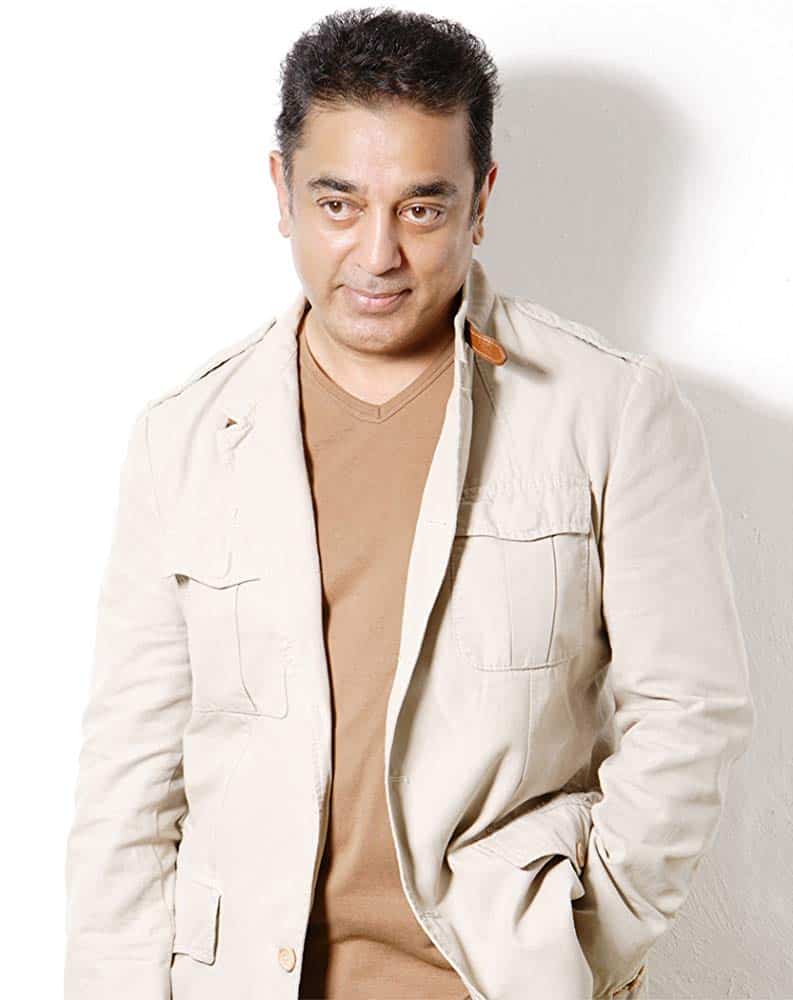
- Dhundiraj Govind Phalke popularly known as Dadasaheb Phalke – Considered as Father of Indian Cinema
- Kamal Haasan – Actor, Director, Singer, Lyricist, Producer
- Mahika Sharma – Actress, Model, social worker or social activist
- Balshastri Jambhekar– Father of Marathi Journalism
- D.K. Issar – Senior Journalist, chief Reporter, Hindustan Times, Editor, Interviewer, Advisor
- Arnab Goswami-Editor in Chief, News TImes
- Rajdeep Sardesai – Journalist
- Nidhi Razdan – Journalist at NDTV 24×7
- Rajeev Shukla
- TP Kailasam– Playwright
- Puttanna Kanagal– Director
- Girish Kasaravalli– Director
- K. Balachander – Film Director
- K. Viswanath – Film Director
- Mani Ratnam – Film Director
- Suresh Krissna – Film Director
- Balaji Sakthivel – Film Director
- Kurumaddali Lakshmi Narasimha Rao (Suthivelu)- Comedian
- Kapil Sharma – Comedian
and many more.
Patriotic/Freedom Fighters
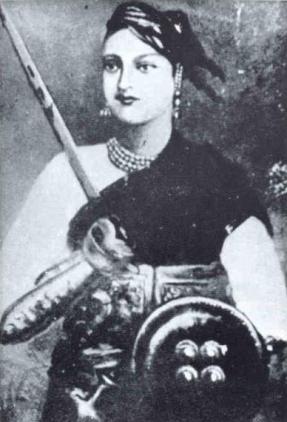
- Lokmanya Tilak – Was also part of Indian national congress
- Mangal Pandey – Associated with 1857 rebellion
- Rani Lakshmibai – Associated with 1857 rebellion
- Subramanya Bharathi – Revolutionary Tamil poet
- Swami Sahajanand Saraswati freedom fighter, peasant leader
- Vasudev Balwant Phadke
- Vanchinathan
- Wunnava Venkata Varaha Buchi Ramalingam
- V.V.S. Iyer
- Vinayak Damodar Savarkar
- Shivaram Rajguru– associate of Bhagat Singh and Sukhdev
- Babarao Savarkar
- Gopal Krishna Gokhale – political guru of Mahatma Gandhi
- Pachlegaonkar Maharaj: Rashtra Sant, Founder of Mukteshvar Dal, Hindu Rashtra Sena
- Yogendra Shukla – Revolutionary
- Baikuntha Shukla – Revolutionary
- C. Rajagopalachari – Last Governor-General of India, Ex-Chief Minister of Madras State
- Chandra Shekhar Azad – Was part of Hindustan Republic Association
and many more.
Image Source: Wikipedia
Saints/Spiritual People
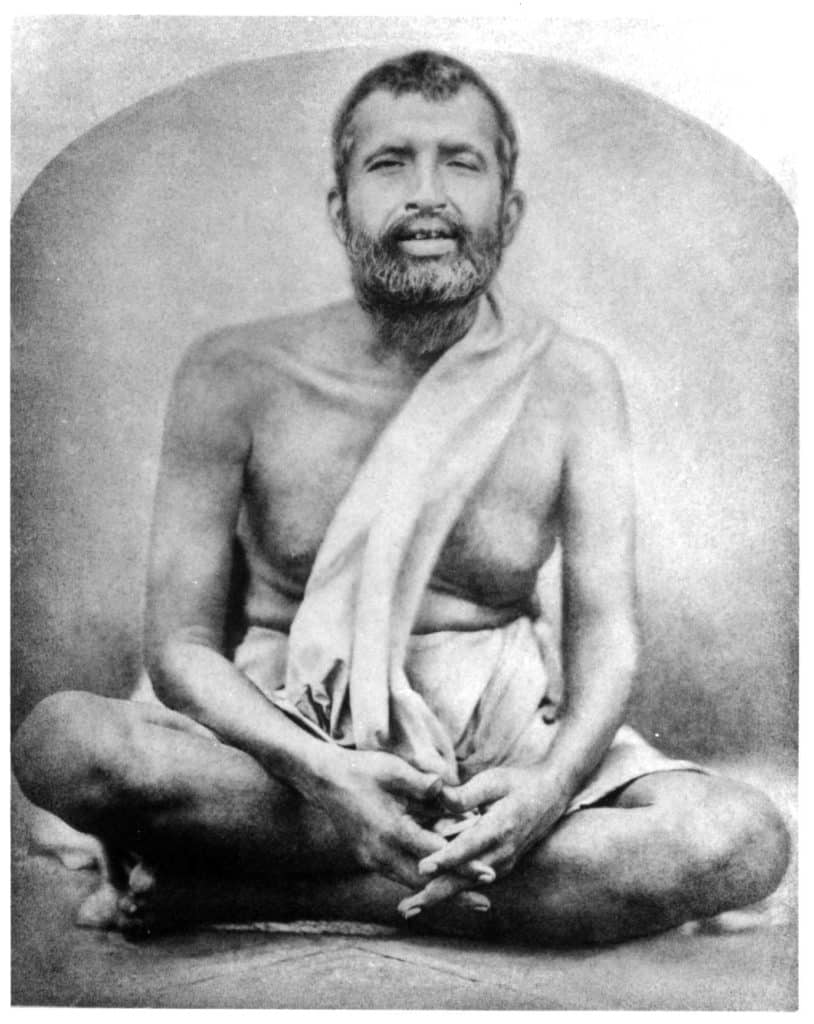
- Madhvacharya – Born in Karnataka
- Lokenath Brahmachari – Born in West Bengal
- Vasudevanand Saraswati – Born in Maharashtra
- Brahmananda Saraswati – Born in Uttar Pradesh
- Hariharananda Giri – Born in West Bengal
- Gnanananda Giri – Born in Karnataka
- Swami Lakshmanananda – Born in Odisha
- Lahiri Mahasaya – Born in West Bengal
- Raghavendra Swami – Born in Tamil Nadu
- Ramakrishna – Born in West Bengal
- Ramana Maharshi – Born in Tamil Nadu
- Raja Ram Mohan Roy – Born in Bengal was founder of the Brahmo Samaj movement in 1828
- Tulsidas – Born in UP ,also known as Goswami Tulsidas
- Adi Shankaracharya – Born in Kerala
- Pachlegaonkar Maharaj – Rashtra Sant, Founder of Mukteshvar Dal, Hindu Rashtra Sena.
- Sant Nityanand Swami Maharaj – Devoty of the Goddess Tulja Devi Ghota, Hingoli.
- Narsinh Mehta – Born in Gujarat
- Swami Ramanand – Born in UP
and many more.
Intellectuals
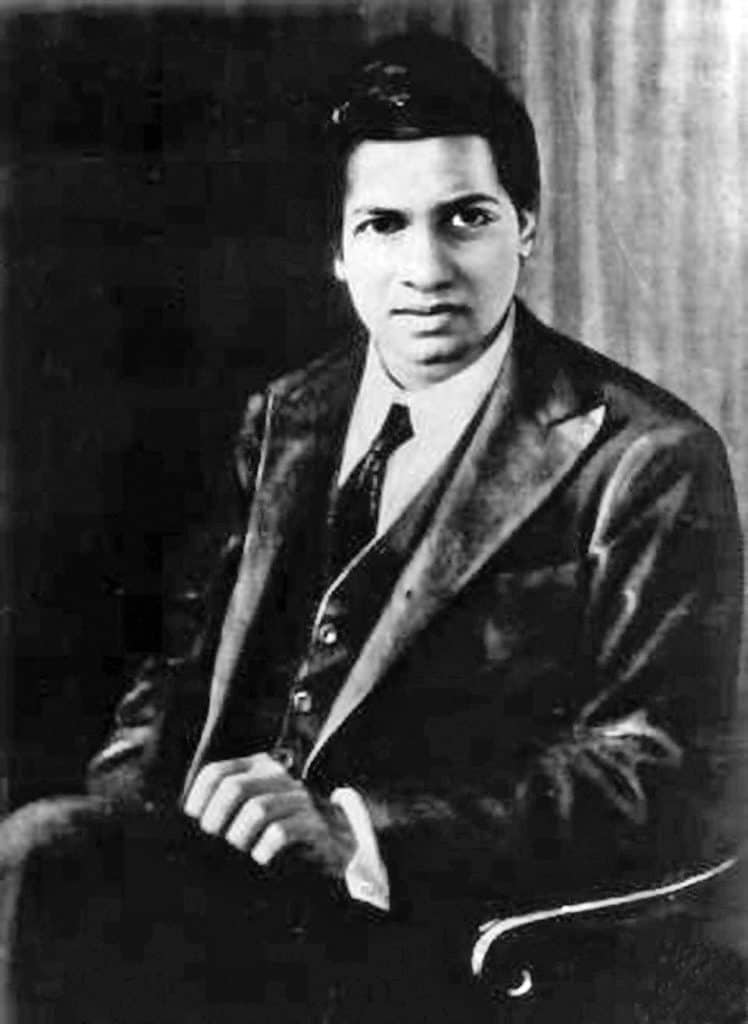
- Srinivasa Ramanujan – Renowned mathematician.
- Krishnaswamy Kasturirangan – Space scientist
- Shakuntala Devi– “Human-computer” fame
- N.R. Narayana Murthy– Chairman Emeritus and Co-Founder Infosys
- Sudha Murthy– Co-founder Infosys
- Lakshmi Narayanan– Vice Chairman and former CEO of Cognizant Technology Solutions
- Raja Ramanna– Nuclear scientist
- Indra Nooyi– CEO PEPSI Co
- Udipi Ramachandra Rao– Space Scientist, Former Chairman of ISRO
- K.V. Kamath– Chairman Infosys & ICICI Bank
Image Source: Wikipedia
Sportsmen
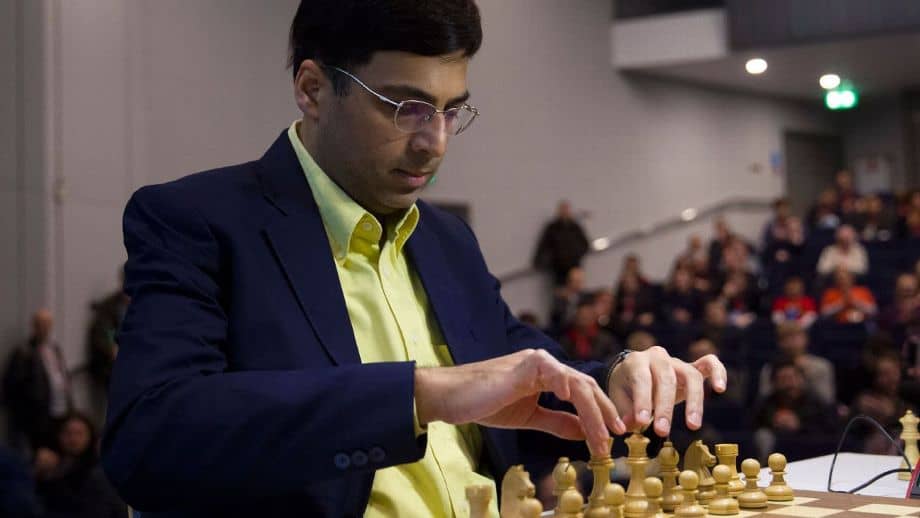
- Srilekha Mutukula – Swimming Champion
- Dola Banerjee – Archery
- Prakash Padukone – Badminton
- Nandu Natekar – Badminton
- Hrishikesh Kanitkar – Badminton
- Dipankar Bhattacharya – Badminton
- Viswanathan Anand – Chess World champion
- Praveen Thipsay – Chess Grand Master
- Rohini Khadilkar – Chess
- Krishnan Sasikiran – Chess
- Moheschunder Bannerjee – Chess
- Ajit Agarkar – Cricket all-rounder
- Anil Kumble – Cricket Spin Bowler
- Avasarala Rao – Cricket
- B.S. Chandrasekhar – Cricket Bowler
- Bapu Nadkarni – Cricket Bowler
- Bhavaraju Venkata Krishna Rao – Cricket
- Chetan Sharma – Cricket Fast Bowler
- D. B. Deodhar – Cricket
- Ishant Sharma – Cricket Fast Bowler
- Javagal Srinath – Cricket Fast Bowler
- Jhulan Goswami – Women’s cricketer
- Murali Kartik – Slow Left Arm orthodox Bowler
- Murali Vijay – Opener/Batsman
- Nilesh Kulkarni – Left-arm spinner
- Ravi Shastri – Opener/Batsman
and many more.
Reservation System in India
There is caste based reservation system in India. As per 2014 census, Brahmins make 5% of the Indian population. They can be called the minority community as per the present scenario but they don’t have any reservations because they belong to the highest caste among all the other castes in the Hindu or Indian caste system. According to the central government, the three categories, the scheduled caste, the scheduled tribes and the other backward castes are given reservation in educational institutes as well as for jobs. The scheduled caste comprises 15% of the Indian population. 15% of seats in educational institutes and 15% of jobs are reserved for them. The scheduled tribe comprises 7.5% of the Indian population and 7.5% seats in educational institutes and jobs are reserved for them. The other backward castes comprise of 50% of the Indian population but the seats in educational institutes and jobs that are reserved for them are 27%. Recently, the Indian government announced a 10% reservation for the economically weaker sections of the society as well. The state government also provides reservation to all these classes but the percentage of reservation varies according to the population of all these categories in different states.
